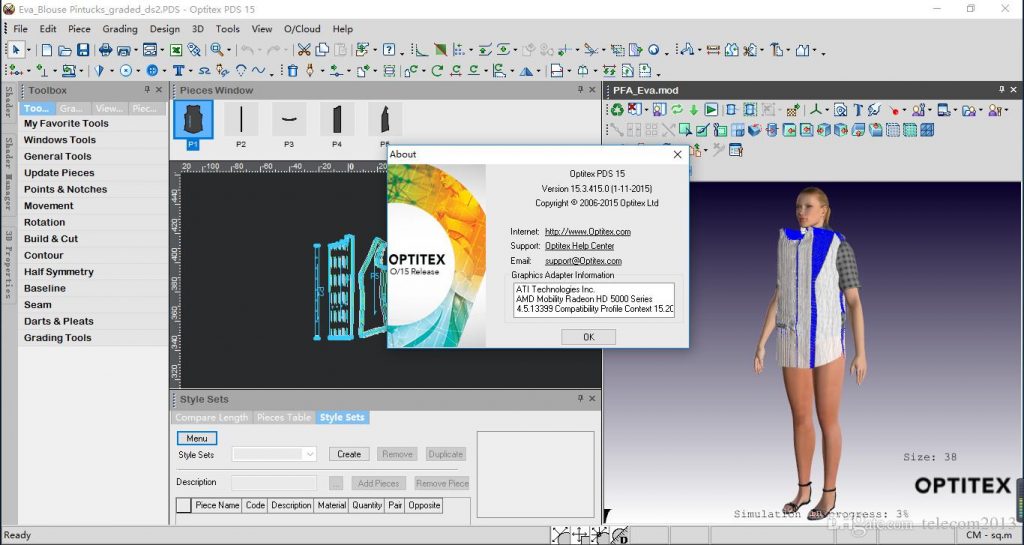
Subject Area Expertise/Special Skills: experience reading cursive writing may be useful Level 4Ĭontent: handwritten materials, primarily in cursive or somewhat difficult to read (predominantly from the 19th and 20th centuries) , audio recordings that are relatively easy to hear/decipher, and scientific materials Subject Area Expertise/Special Skills: none required Level 3 - INTERMEDIATEĬontent: typed and handwritten materials in cursive or printįormat: newspaper clippings, scrapbooks, letters/diaries/notes that may include annotations or margin notes


Subject Area Expertise/Special Skills: none required Level 2Ĭontent: mostly typed, handwritten in print, or otherwise very clearly written/readableįormat: memorabilia, advertisements, image captions, telegrams, diaries, letters, notes You can explore more digitized material in the Oliver Ingraham lay, Charles Downing Lay, and Lay Family papers on the Archives of American Art website!įormat: letters, diaries, flyers, pamphlets, and one-page documents Help us transcribe her correspondence and writing to illuminate her life. By the mid-1870s Louis Prang and Company was selling her chromolithographic designs on cards and calendars. Bridges illustrated books and magazines, but also sold her work commercially. Influenced by the Pre-Raphaelite school, her works depicted natural landscapes and wildlife, which she rendered in meticulous detail. Who was born on this day? In 1834, Fidelia Bridges.īorn May 19, 1834, Fidelia Bridges (1834-1923) first worked as a helper and governess before she achieved success as an artist in the late 1860s. Join the Archives of American Art and the Smithsonian Transcription Center throughout the next year as we celebrate the Smithsonian's 175th birthday! Explore the lives and worlds of 175 different US art world figures on their birthdays, one for each year since the Smithsonian's founding in 1846. as long as Audirvana doesn't provide a decent remote App I will use Fidelia whenever I want to use a remote. Since I don't like on-the-fly Upsampling and therefeore don't use it at all I wonder if HQ Player brings anything to the table other music players do not offer.?īack to topic. but the ugly Windows-Interface and the completely user-unfriendly settings/handling prevent me from using it (IIRC you also can't use it with simple USB->DAC-connection. Basically I am also interessted in the HQ-Player.
#FIDELIA ADVANCED SOFTWARE#
the GUI and the entire slowish, buggy and cumbersome software performance is just ridiculous in 2014 on an up-to-date MAC). it provides the "Amarra"-Sound :-) (honestly meanwhile I use Amarra very rarely.
#FIDELIA ADVANCED PLUS#
Audirvana plus provides much better instrumental seperation (in all modes) and Amarra, well. Fidelia sounds almost exactly like my CD-Player (Fidelia offers a bit more differentiation due to the DAC connected). SQ-wise I can't identify anything special.
#FIDELIA ADVANCED FULL#
Mostly I listen to music from a radically slimmed down OS X (so without WiFi enabled) but for listening to music en passant, as "ambience" (if you want so) while doing other things I always boot into the full OS X and use Fidelia and the iPhone remote. I also use Fidelia because of its great iPhone remote. Looking forward to seeing/hearing what Audiofile Engineering has been up to.totally agree with all of the above! The lack of DSD support doesn't concern me (I have HQPlayer for that) but is rumored for version 2.0. Works flawlessly with a library of FLAC files (not so much with AIFF in my experience). I love the simple and extremely robust Fidelia Remote. Funny, now that I'm using FLAC, the library is indeed "better". In the past I've stated I would like a "better" implementation although I'm not sure what that would be.

While there are other audio apps I'm also quite fond of and use regularly (Amarra Symphony, HQPlayer), Fidelia Advanced remains in rotation. I'll start by saying I still enjoy the sound quality of Fidelia 1.5.3 very much. Just a few comments before this thread becomes completely irrelevant.


 0 kommentar(er)
0 kommentar(er)
